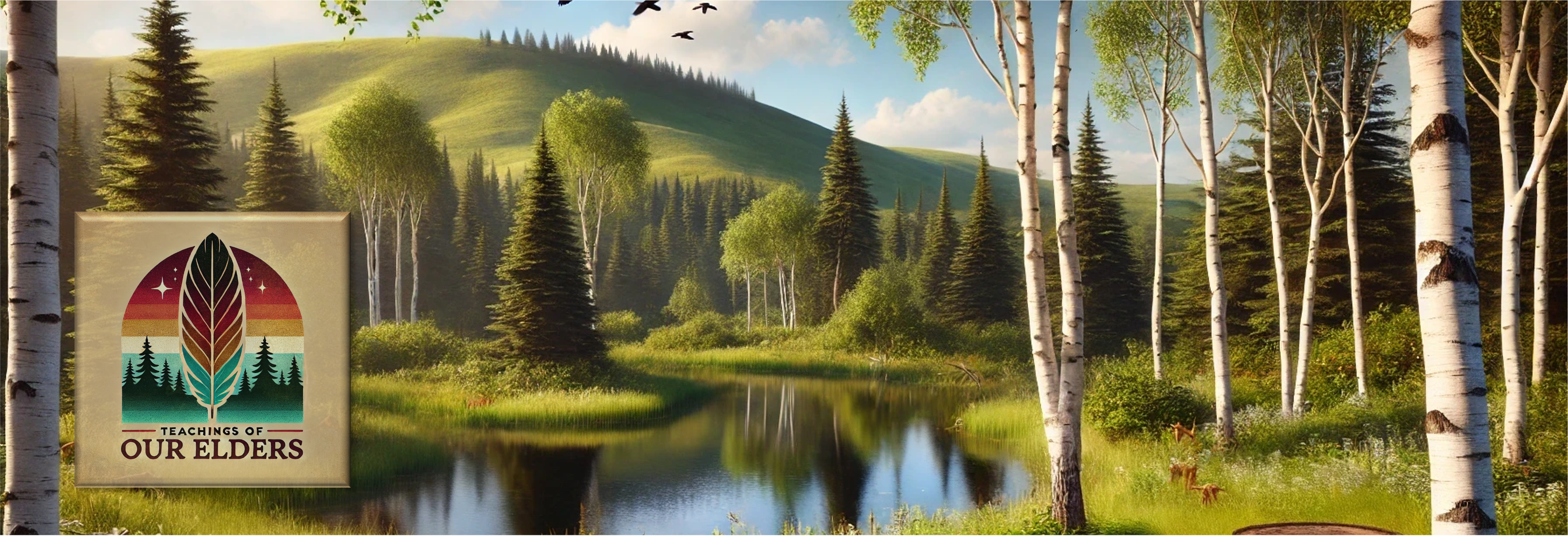| Inquiry Design Model (IDM) Blueprint™ |
| Identity Shields |
| NDNAEU 7 “Native Identity” |
| Compelling Question | How do people around the world represent their culture through art? |
| Standards and Practices | SOC.6_12.1 Utilize critical thinking and problem-solving skills to develop an understanding of different perspectives of sociology. SOC.6_12.1-2.D2.1 Define and provide examples of culture. VA:Pr6.3 a. Explain how and where different cultures record and illustrate stories and history through art. Guiding Statement: Identity shields were very important to Native Americans because they were strong symbols of good medicine. Representing both physical protection and also spiritual protection, shields displayed the cultural identity of the Native American that used them. |
| Staging the Question | What is the purpose of Identity Shields to Native people? |
| Supporting Question 1 | Supporting Question 2 | Supporting Question 3 |
| What can you learn about an individual by their Identity Shield? How do other cultures use art as part of their identity? | What are some important parts of your life that you would want to be represented in your Identity Shield? How would you represent those important parts of your life? (Symbols, figures, ect) | Did this project help you to reflect upon goals that you have accomplished? Does your culture and traditions influence how you identify yourself? |
| Formative Performance Task | Formative Performance Task | Formative Performance Task |
| Research Identity Shields Native American shields are symmetrical, colorful, and bright. There will many times be drawings or symbols telling a story about the owner and his journey throughout life. Ask students to research how art is used in their cultures to represent who they are. | Students will create their own identity shields using knitting hoops, canvas and paints. Sometimes feathers, beads, and leather are attached and can symbolize many different ideas and add to a very interesting and fulfilling biography. Attach 3 feathers at the bottom which will represent the goals that they have for themselves. | Think/Pair/Share: Students will take a few minutes to think about the questions above. Students will pair with a partner and discuss the questions above and share with each other. Students will share with the group about the partners responses to the questions. So instead of sharing their own, they will share what the partner shared. Students will watch the video below to teach them what Think/Pair/Share is and how to do it. |
| Featured Sources | Featured Sources | Featured Sources |
Native American Shields: History and Design https://study.com/academy/lesson/native-american-shields-history-design-history.html | Native American Symbols https://www.google.com/search?q=native+american+symbols&sxsrf=ALeKk01eohAPJ6n61cU6qz-DzxotJbN_sw:1595638784166&source=lnms&tbm=isch&sa=X&ved=2ahUKEwiP063XmefqAhWKQc0KHWvqCPcQ_AUoAXoECA0QAw&biw=928&bih=897 | Think/Pair/Share Video https://www.readingrockets.org/strategies/think-pair-share |
| SUMMATIVE PERFORMANCE TASK: Supported Claim (written/spoken) or Demonstration of Process (project-based) | Students will share their projects by creating an art fair where they will display for parents and community. |
| SUMMATIVE PERFORMANCE TASK: Extension | Students will go on a field trip to a museum to see various art and ensure that they answer the compelling questions and staging questions of this lesson. The teacher can also bring in an American Indian guest speaker to share their art. |
| Taking Informed Action / Real World Application | Community Extension Project: Students will promote and create a positive environment for school and community by sharing their experiences of seeing how other cultures represent themselves through art. It is very important to respect each other’s opinion and not judge a person by their representation or presentation of their own culture and self. |

